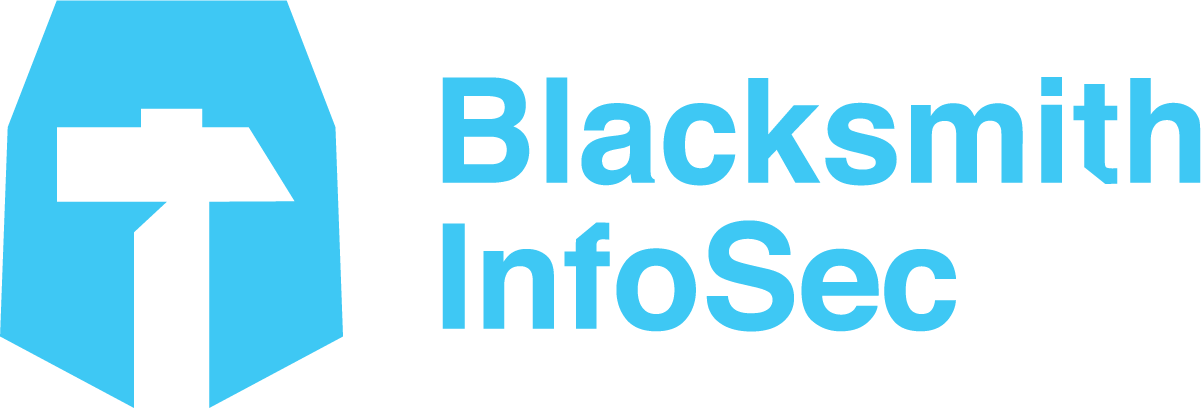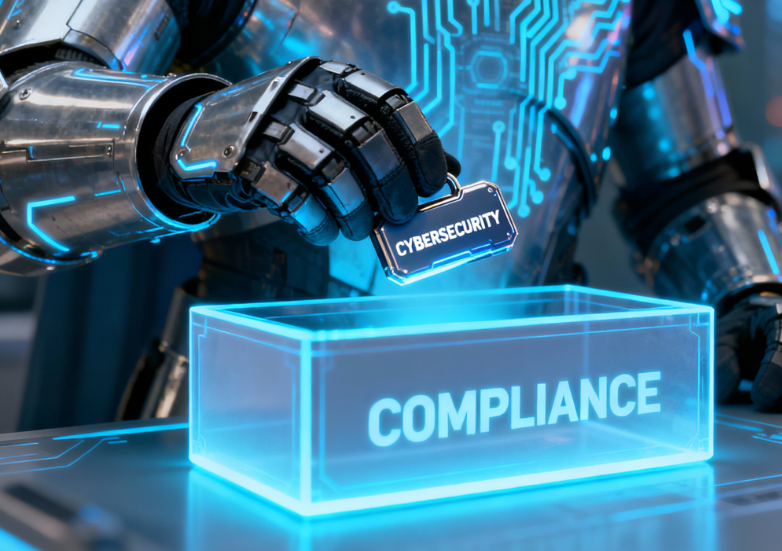Ransomware is no longer the domain of lone-wolf hackers or exotic APT syndicates. In 2025, the growth of Ransomware-as-a-Service (RaaS) has industrialized cyber extortion on an unprecedented scale — bringing ruthless cybercriminal capabilities to anyone with cryptocurrency and a grudge. This “platformization” of ransomware not only amplifies the threat landscape but fundamentally challenges how organizations approach business continuity, governance, risk, and compliance (GRC) in the face of ever-evolving digital dangers.
The RaaS Revolution: Cybercrime on Demand
RaaS platforms operate much like legitimate SaaS businesses. Ransomware developers supply powerful, easy-to-deploy attack kits — complete with user-friendly dashboards, documentation, and even “customer service.” Affiliates (the actual attackers) pay for access, launch campaigns, and split ransoms with the platform operators.
Key factors fueling the RaaS economy in 2025:
-
Low Barrier to Entry: Affiliates no longer need deep tech skills — just access, a target list, and cryptocurrency.
-
Rapid Innovation: New variants, traffic-arbitrage, and supply chain compromise vectors appear weekly, driven by market competition between rival RaaS brands.
-
Global Reach: Anyone, anywhere, can launch devastating ransomware operations, targeting small businesses and Fortune 500 companies alike.
Think of RaaS as cybercrime in a box — packaged, supported, and relentlessly scalable.
The Risk Equation Just Changed
1. Explosion in Attack Volume and Diversity
Traditional cyber risk models struggled to anticipate “unicorn” events — sophisticated, targeted attacks by elite actors. RaaS flood the threat landscape with thousands of attackers, each launching unique campaigns powered by premium tools. This surge increases not only the volume of attacks, but also their unpredictability. With new actors joining daily and changing their tactics via “plug-and-play” modules, security teams now face a hydra-headed foe.
2. Evolving Tactics: Beyond Encryption
Modern affiliates leverage double and triple extortion — combining encryption with data theft, intimidation of partners or customers, and even harassment of key executives. Many RaaS kits now offer integrated exfiltration, leak sites, and negotiation playbooks by default. The business model encourages criminals to continually escalate their methods, making incident containment and recovery more complex than ever.
3. Disrupting Business Continuity Assumptions
Classic business continuity planning (BCP) emphasized natural disasters, localized IT failures, or one-off security breaches. RaaS upends this calculus:
-
Multiple simultaneous attacks are now plausible across different business units, supply chain partners, or even entire critical infrastructure sectors.
-
Recovery windows shrink: Criminals expect instant payments, and attack payloads move faster — pivoting laterally and destroying backups before recovery can begin.
-
Geo-targeting and sector specialization allow RaaS affiliates to aim at firms most likely to pay big ransoms or face dire regulatory penalties if data is released.
4. New Pressures on GRC Programs
GRC leaders must broaden their focus beyond compliance checklists and annual tabletop exercises:
-
Continuous Controls Monitoring: Automation and live validation become essential; point-in-time audits won’t catch fast-moving drift caused by new ransomware strains or gaps in endpoint defenses.
-
Third-Party & Supply Chain Risk: Because RaaS campaigns target not just primary organizations but their vendors, partners, and managed service providers, supply chain due diligence must now extend far deeper — requiring contractual controls, shared incident response playbooks, and ongoing vendor assessments.
-
Incident Response Governance: GRC must now anticipate regulatory notification windows, cryptocurrency payment restrictions, and “gray area” negotiations with anonymous attackers.
How Does RaaS Impact MSP Operations?
Managed Service Providers (MSPs) are uniquely exposed to the risks posed by Ransomware-as-a-Service (RaaS) because they act as critical gateways and custodians for dozens — or even hundreds — of client networks. In a RaaS environment, MSPs are high-value targets not only for direct extortion but also as springboards for “downstream” attacks that ripple through the entire supply chain. Attackers increasingly seek to compromise MSP remote management tools, automated patching systems, and privileged support accounts to maximize damage, spread ransomware across many victims, and increase pressure to pay. In essence, the commoditization of ransomware fundamentally raises the stakes: an incident affecting one MSP can quickly cascade into business continuity crises for every customer in their portfolio, compounding the damages and fallout.
Action Steps for MSPs in the RaaS Era
-
Institute Client-Focused Tabletop Exercises:
Simulate not only your own response but also coordinated, cross-client scenarios — especially attacks leveraging MSP toolchains or remote support features. Involve customer representatives in planning and response simulation. -
Implement Strict Privilege Separation and Zero Trust Controls:
Rigorously segment admin accounts, customer environments, and management tools. Enforce multi-factor authentication and least privilege for all remote and privileged access, and regularly audit access logs for anomalies. -
Harden Remote Management and Monitoring (RMM) Solutions:
Secure RMM and PSA platforms with frequent patching, endpoint protection, network segmentation, and real-time alerting for unauthorized configuration changes or new device enrollments. -
Formalize Multiclient Ransom Response Playbooks:
Establish protocols for rapid isolation, notification, evidence preservation, and coordinated recovery of affected clients. Pre-stage legal/communications templates applicable to multi-tenant breaches. -
Proactively Train Clients on Social Engineering and Incident Reporting:
Deliver ongoing education for end users — not just technicians — focused on current RaaS affiliate tactics, including phishing campaigns that target both MSP and client staff simultaneously. -
Negotiate and Clarify Cyber Insurance Across the Ecosystem:
Work with clients to understand coverage boundaries for MSP-related attacks, and ensure your own policies account for supply chain liabilities and regulatory reporting requirements. -
Align Security Programs with Recognized Compliance Frameworks:
Leverage industry-standard compliance frameworks such as CIS Controls, NIST Cybersecurity Framework, or ISO 27001 as foundational guides for building your security posture. Using a compliance management tool like Blacksmith ensures consistent documentation, roles and responsibilities, regular policy and control reviews, and facilitates streamlined evidence collection for audits.
By anticipating the unique risks that RaaS poses to the MSP business model, proactive service providers can better protect both themselves and their customers — transforming security from a source of risk into a core value proposition.



